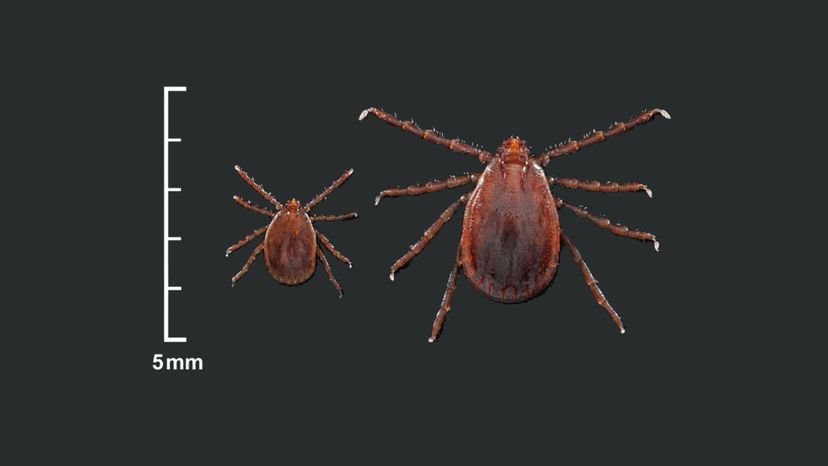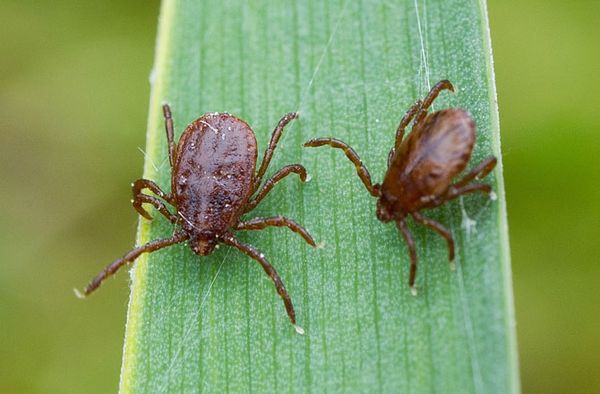
Well this bites. At a time when America's domestic ticks are spreading illnesses with a vengeance, a potentially harmful foreign tick species has now made appearances in six mainland states. So far, there's no proof that it's brought any serious diseases onto U.S. soil, but the arachnid's presence here worries farmers, naturalists and government agencies.
Haemaphysalis longicornis, the Asiatic longhorned tick, is about 3 to 4 millimeters long when fully grown and it gets slightly bigger when engorged with blood. Though the creatures can reproduce sexually, male ticks are rare, so females are also capable of fertilizing their own eggs without mating first. All by herself, a well-fed female can lay 2,000 fertile eggs.
Advertisement
Procreative flexibility has already helped the East Asian species gain a foothold in Australia and New Zealand, where it's considered a pest. Longhorned ticks have another thing going for them to boot: They don't mind cold weather. Adults and nymphs alike are known to endure temperatures below 14 degrees Fahrenheit (-10 degrees Celsius) inside the species' native range. "This tick overwinters in the ground," Tadgh Rainey, an entomologist who manages the Division of Health Services in Hunterdon County, New Jersey, told NJ.com.
Rainey would know: The blood-suckers have invaded his home turf — and they can apparently tolerate Garden State cold spells. In August 2017, a Hunterdon County farmer went into Rainey's office and gave him some unusual-looking ticks she'd removed from a pet sheep.
The sheep — a ewe named Hannah — has never left the U.S. and doesn't live with any other animals, so it's unknown how she contracted Asiatic ticks. Efforts were made to purge the farm of these parasitic pests and authorities hoped the snowy winter would kill off any stragglers. But on April 17, 2018, the National Veterinary Services Laboratory revealed that the ticks were still roaming parts of New Jersey. The longhorned tick has also decided to check out New York, Virginia, Arkansas and North Carolina as well. Furthermore, its presence in Centre County, Pennsylvania was verified on July 31, 2018.
Like many blood-eaters, longhorned ticks often transmit diseases between their victims. In Asia, a virus the ticks carry bears the disorder known as "severe fever with thrombocytopenia syndrome," or STFS. This can be lethal in humans and is especially dangerous to people above the age of 60. Nobody knows if the ticks will bring STFS to America; longhorned ticks in Australia and New Zealand don't carry it.
The Centers for Disease Control and Prevention has tested more than 100 specimens that have come to the U.S. No traces of the dangerous Heartland, Bourbon or Powassan viruses were found. Still, it's always a good idea to be on guard against tick bites. Wear long-sleeved shirts and full-length pants outdoors, use bug spray and check yourself — and your pets — for hitchhikers on a regular basis.
Advertisement

